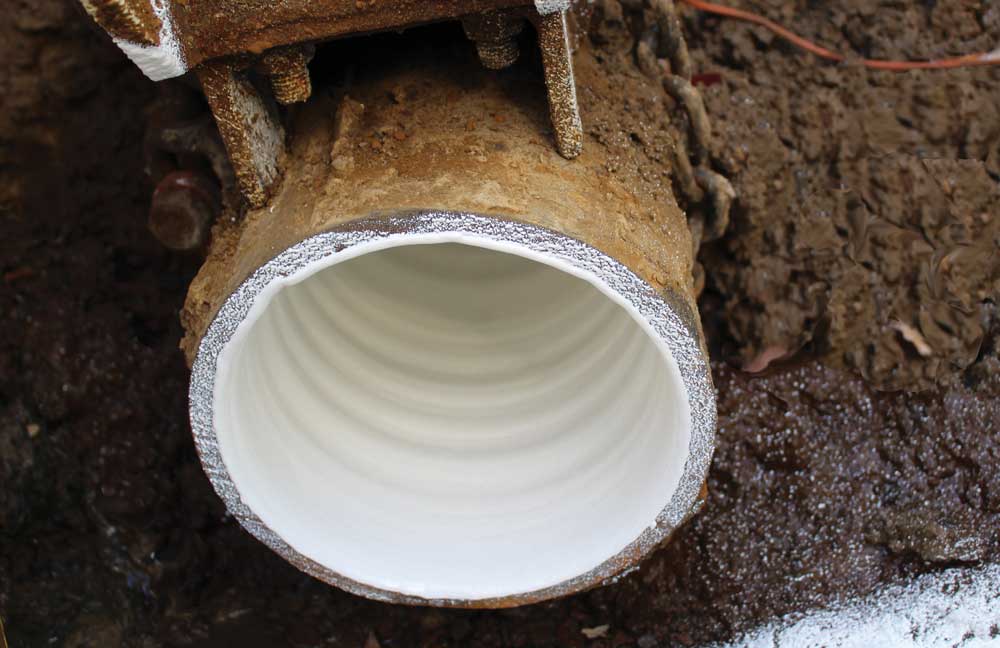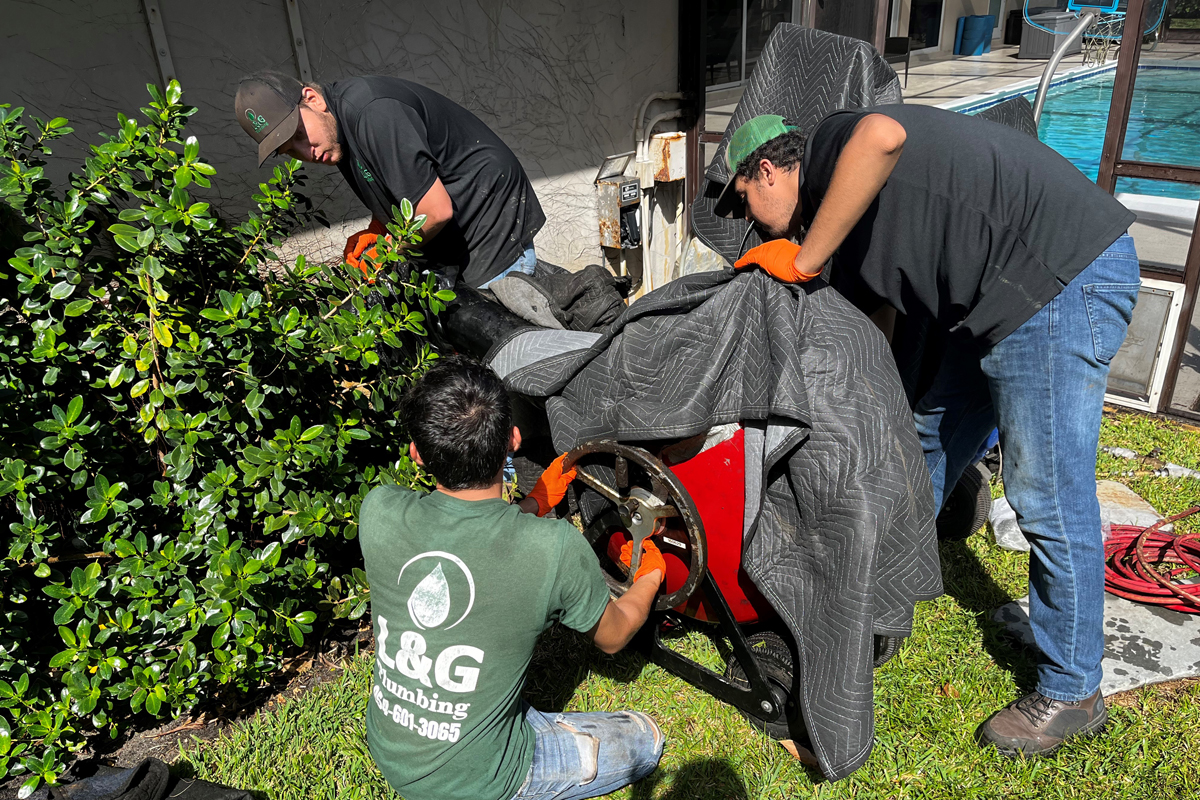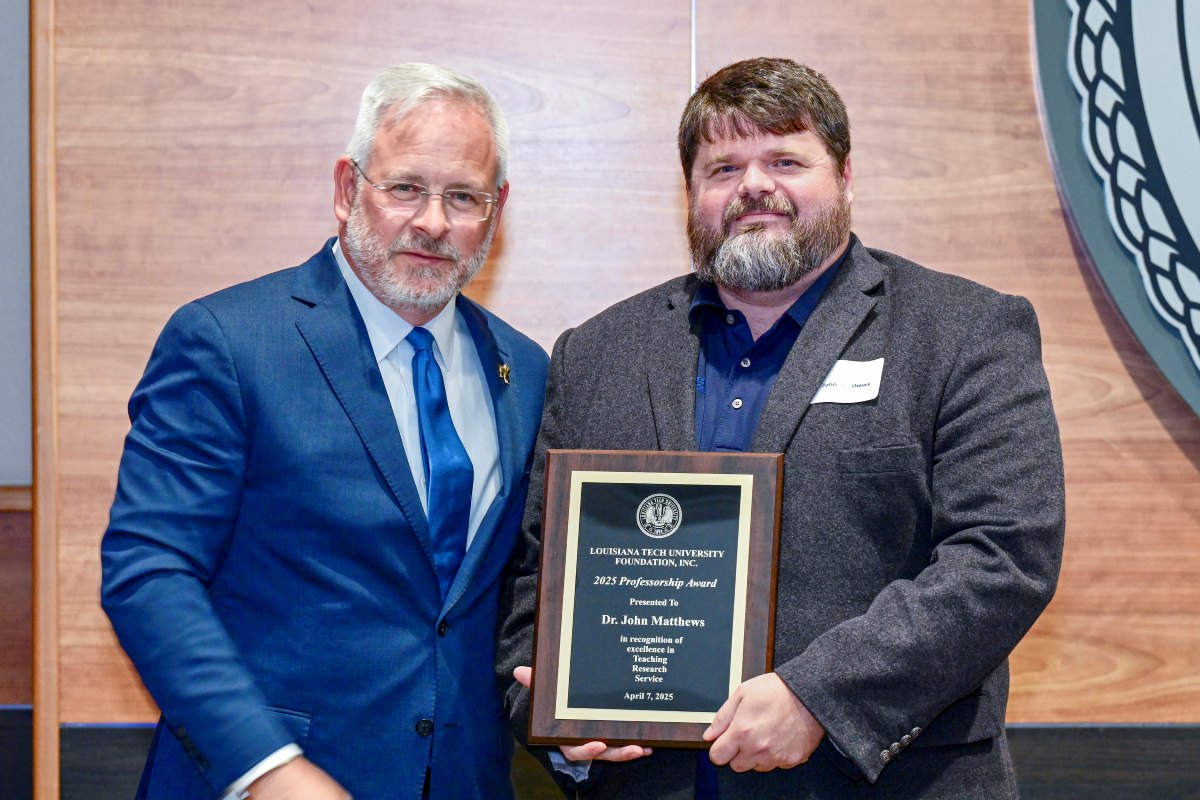
Using SIPP to Rehab Water Mains in New York
Headquartered in Utica, New York, the Mohawk Valley Water Authority (MVWA) is a regional agency that provides drinking water to approximately 128,000 customers throughout 18 municipalities in Oneida and Herkimer Counties. Its water system serves customers through more than 38,900 service connections. In 2021, the daily amount of water treated averaged 16.9 million gallons, with approximately 6.2 billion gallons produced during the year.
Responsibility for MVWA’s water system falls on the shoulders of its director of engineering, Eric. G. Schuler, P.E. Since he joined the organization just under two years ago, one of Schuler’s goals has been to address its rehabilitation and replacement plan.
“One of my goals coming on board was to figure out a sustainable way for us to not only rehabilitate, but also replace existing components in our system. Obviously, rehab is one of those tools,” he notes.
“Of course, there have been other funding priorities. We’ve had to deal with evolving regulations, more treatment plant expansion, upgrades of pump stations, being able to get the water to certain areas — there has been a lot of money spent on those things over the last 10 to 20 years. It’s not to say that the water mains were forgotten, but there were just other priorities. However, that’s an unsustainable approach, so we revised our capital plan,” says Schuler.
The new plan includes proactively rehabilitating MVWA’s water mains, starting this year with rehabbing 3,500 ft of 6- and 8-in. cast iron pipe, using Veolia Advanced Solutions’ Spray-in-Place Pipe (SIPP) solution.

Leveraging the Power of SIPP
“This was our first SIPP rehab application, and it was a good start for us,” notes Schuler.
With an extensive background in engineering, Schuler is familiar with most rehab technologies, including SIPP, and said that it had been under consideration for some time. “I have to credit my predecessor who was gearing toward the SIPP route. I was familiar with it and comfortable with the application, so when I came on board, I took what was originally envisioned and, working with Advanced Solutions, expanded it from doing a pilot of less than a thousand feet to a more expansive project of several thousand feet,” he says.
MVWA’s staff, some of whom have worked at the utility for 30-plus years, had kept good track of data to help shape the plan, including main break frequency per street or per stretch of pipe segments from intersection to intersection, the age of the pipes, and the pipe material. The three streets chosen were at the top of the list, with pipes ranging from 70 to 100 years old. According to Schuler, having hard data on which to base decisions and a revised capital program laid the groundwork for creating and implementing a plan, and setting a process and budget going forward.
RELATED: Triple Play of Trenchless Rehab Solutions Renews Historic City Community with No Disruptions
SIPP – a Trenchless, Long-lasting Solution
Advanced Solutions’ SIPP process is an efficient and long-lasting trenchless pipe rehabilitation solution consisting of four steps.
Once the utility agrees on the two access point locations, an access pit is dug one foot below the host pipe at each end of the SIPP run. A 3-ft section of the host pipe is removed to allow access to the relining equipment. Using closed-circuit television (CCTV), Advanced Solutions confirms the section of pipe to be restored.
The pipe interior is then prepared by drag scraping, and/or hydro-jetting to create a clean, smooth dry surface.
A second CCTV inspection is conducted to determine if there are any leaks, infiltration or repairs that are needed outside of the SIPP scope of work to ensure that the pipe is properly prepared for application of the epoxy coating. Any repairs needed to address current piping issues are undertaken without the need for additional excavation.
The epoxy coating is then applied via a spray nozzle attached to a state-of-the-art, computer-controlled robotic spray rig. The two-part component epoxy material is ANSI/NSF Standard 61 approved for potable water supply. Once the coating has cured, Advanced Solutions conducts a final CCTV inspection to make sure the lining is correct. The sections of pipe that were removed at the access points are reassembled, and the utility proceeds with the chlorination/disinfection before system restoration.
The cured epoxy creates an internal seal inside the pipe, preventing leaks and providing long-lasting protection against future corrosion and biological buildup in the water main. Additionally, SIPP extends the service life of water or sewer pipelines, reduces the frequency of maintenance, and minimizes repair costs and system downtime.
This rehabilitation technology works on pipes made of different materials and ranging from 4 to 36 in. in diameter.

Benefits of SIPP
The MVWA SIPP project not only yielded cost-savings but also eliminated the disruption and inconvenience characteristic of the traditional open-cut process. Additionally, it also considerably shortened the time needed to complete the rehab work.
While these benefits are important to every utility, they are also important to the utility’s own customers.
In this case, the location of MVWA’s initial SIPP project placed it squarely in a residential area. SIPP allows the utility to expedite the repair or rehab work, so it has a minimal impact on residents.
This benefit took on particular importance to some of the residents in the area that the rehab was taking place, as one neighborhood family had planned a large backyard wedding at their home. The date of the wedding was three weeks after work began. With SIPP, MVWA was able to complete the job with plenty of time to spare, and all went well. Instead of facing a lengthy open cut job, SIPP required only two small cuts, and Veolia was able to rehab the main in between them quickly and efficiently.
Schuler notes that, in addition to considerable time and cost-savings, other benefits include greater system reliability and potential hydraulic improvement. The reliability issue was critical as the rehab took place in an area that, historically, was subject to leaks and frequent breaks. In addition, these distribution pipes had issues from tuberculation, but Schuler postulated that the SIPP project has resulted in increased flow for fire protection and other needs.
Lessons Larned
There were other important lessons to be learned from the project.
“Based on my experience with SIPP, I would say: Don’t be shy about trying new or new-to-the-organization technologies,” Schuler advises. “Step out of the comfort zone. Be able to try things that an organization isn’t necessarily familiar with. Look at opportunities to use innovative means to save system renewal costs. And maintain good communication before, during, and after the project. Transparency is key. As director of engineering, I don’t necessarily get a lot of customer calls — they often go to our other engineering personnel or customer service staff. But when I do get the opportunity to talk to residents who are concerned or looking for more information, it’s important to communicate with transparency — and let them know we’re trying to make things better.”
Roger Linder, P.E., is a water system consultant at Veolia Advanced Solutions USA




